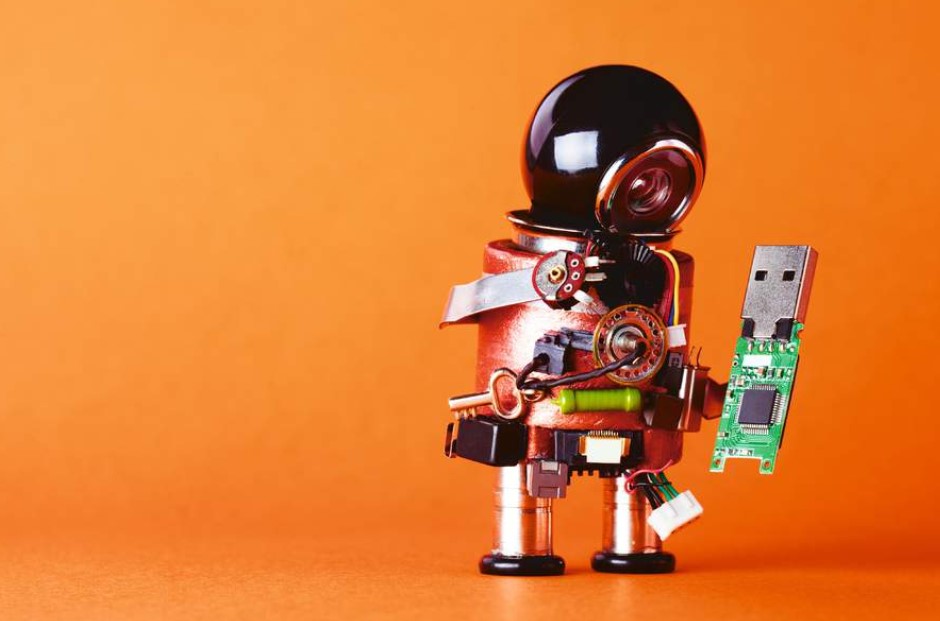What to Know About Buying Robots for Schools
If you’re considering buying robots for schools, this guide could help you find the perfect option based on what you actually need. Sure, you may want a robot, but do you know why it’s good for your school specifically and in what ways to you could get the most out of it?
The best robots for schools can help students to learn about engineering, design, building, and coding, to name a few STEM subjects. These robots can offer a great way to deliver some hands-on experience in building machinery, but also in coding for its software, too.
Before investing, it’s worth thinking about who this is for in terms of age group but also subject area. Some bots have simple builds while others offer multiple complex coding options. Since price varies broadly it’s worth narrowing down your uses before you start spending.
Read on to find out all you need to think about before buying robots for schools.
What’s it for?
Deciding what your robot is for should be where you start. This will help you determine if you want something that’s complex and needs to be built from scratch, or if you’re more in the market for something that clips together, or comes pre-built.
Consequently, the age group you’re going to be offering this to is a primary concern. Then, how they use that is next — thinking about if there is an importance to be placed on construction, coding, or a mix of the two.
Also consider storage as you may want just one, or several, robots to cover the needs of a class or several age groups. In any case, these will need storage space and you may want to think about charging needs for continued use, too.
Build complexity is important as this could be something you leave kids alone to work on, or in groups. Or this might be something more complex that requires dedicated teaching time and hands-on assistance from the educator. So, essentially, think about how you’re spending your time as well as money when investing here.
Programming
Since the build is just one part of using robots in education, it’s important to think about the programming side of things as well. Once that bot is built, it’ll be time to start coding actions that allow it to move and result in real-world results that can be very exciting and empowering for students.
That in mind, do you want a simple block-based coding system that any age could handle and offers immediate results for that instant reward? Or are you looking to use these robots as a way to teach more complex coding?
Some robots have multiple code languages that can be used with the system, allowing for a broad range of teaching options. These can also be helpful for teaching real code that students may use one day in a job.

Expansion
Some robots are made to be built once and then put to use with variations in the coding. However, there are some robots that form a part of a larger potential system, growing as you add more.
Block-based style of robots can feature add-on options, allowing you to grow what is available. Some offer new sensors or motor parts to make the robot more interactive or more agile, for example. These can represent a good way to expand as student’s grow in skill, but also as the budget allows over longer periods of time.
That said, some of these systems offer deals through which you can buy many parts up front as a way to save money — then you could add these as options as the students progress to reach a standard and are able to add more to the mix.

Features
The individual features of each robot option out there are pretty varied. Do you want a robot that can walk or are you looking for a rolling robo-friend that’s more about steering controls for students?
Perhaps terrain variation is also key? You might want a drone that can fly, a boat that can go out on water, or a climbing robot that can traverse obstacles.
One big feature worth considering is controls. Check to see if the robot is iOS or Android compatible as that can mean easy controls via a smartphone or tablet, that you may already have available.
Sensors are a consideration as these represent the limits to your bot. If it’s crammed with sensors to see, hear, feel, and more, then the number of options for coding new adventures and experiences increases. Robots that allow you to add more sensors as students progress is a good idea to help scaffold the learning.
Pricing
The price of robots varies widely which, as mentioned, is why it’s important to know what you want it for before you start spending.
A robot that offers multiple coding languages will likely cost more up front, but that can represent a far more expansive learning experience for a wider range of student ages and abilities — perhaps justifying that extra cost.
Going for a more basic bot, that’s easy to construct and use, could also be helpful as a gateway experience that gets students into the learning without being too challenging. This will be limited to a certain age and ability range, but could be worth the money as it may spark a love of STEM learning in a child who didn’t know they were passionate about it before.
Be sure to check warranty periods as well as the cost of replacement parts, to ensure you are prepared for ongoing costs.







